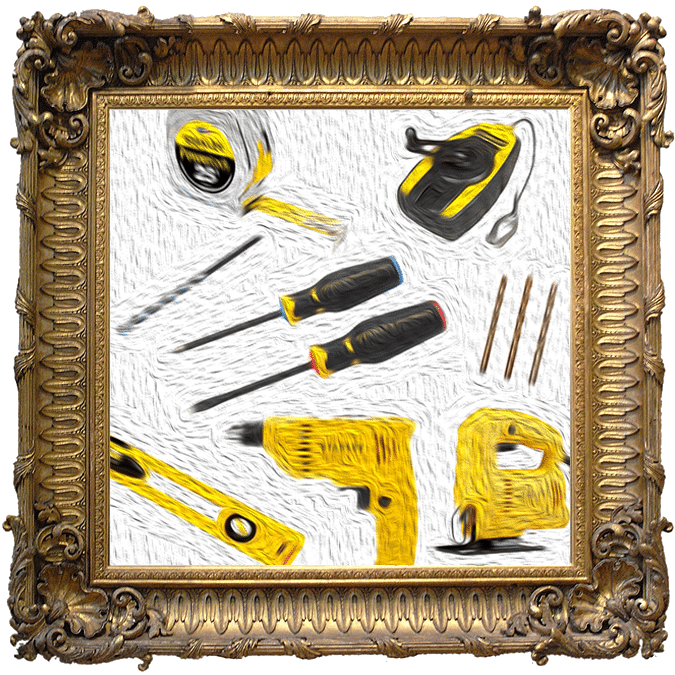Your cart is currently empty!
The Right Tools for the Job

Partition Plus not only furnishes bathroom stalls (and many other necessary restroom products), but we also install these items if desired. Many of our online customers, especially those purchasing smaller bathroom partition configurations (just one or two stalls), opt to install their partitions themselves.
This is perfectly reasonable, given a few basic conditions. 1) DIY installers should have some familiarity with building materials. 2) An assistant should be available to help with larger components before and during installation. 3) Plenty of time should be left for the project. 4) Proper tools must be gathered before beginning work. Installation requires more than household hand tools.
Make sure you have the necessary tools on hand so your finished bathroom stalls look like a masterpiece. Read on for a list of essentials!
![]()
Drawings and Installation Instructions
Drawings show how the major components (panels, doors, pilasters, brackets, etc.) are arranged relative to each other and the bathroom space. Installation instructions explain how to use the included hardware to secure and assemble the parts into functional bathroom stalls. We have a wide selection of installation instructions from different manufacturers for different materials available to help make the process easier.
Screwdrivers (Phillips and Flat head)
Used for hand tightening Phillips and flat head screws.
Adjustable Wrench
For tightening fasteners during the installation process. Especially important for bathroom partitions including floor mounted pilasters.
Tape Measure, Chalk Line, and Level
These tools are very important at both the planning and final stages of an installation. Measuring and marking the space is essential before drilling. Likewise, taking measurements and verifying components are level will help during the finishing steps.
Jigsaw (or Hacksaw)
Overhead braced bathroom stalls include extruded aluminum headrail. To allow some flexibility during installation, the headrail is not trimmed at the factory. It needs to be done on site. The material isn’t difficult to cut when a good blade is used with an appropriate hand or powered saw.
Power Drill with Bits
The bits required for installation and assembly will be specified in the instructions specific to your material. For instance, a powder coated steel partition often requires three different sizes of metal bits. Remember, partition panels are not pre-drilled. As with untrimmed headrail, this allows greater flexibility during installation. A masonry bit, wood bit, or tile bit may be required depending on the bathroom walls and blocking material. A bit matching the tamper proof screws (commonly torx) included with the partitions will be included. Using these bits with a power drill will make quick work of tightening fasteners and creating holes.
Spacer Block
Even with an installation helper, it is important to have a ~14” spacer available to help support doors and panels after they’ve been positioned, while they are being drilled and attached to the other components. Make sure the spacer won’t scratch or mark the partition surfaces.
